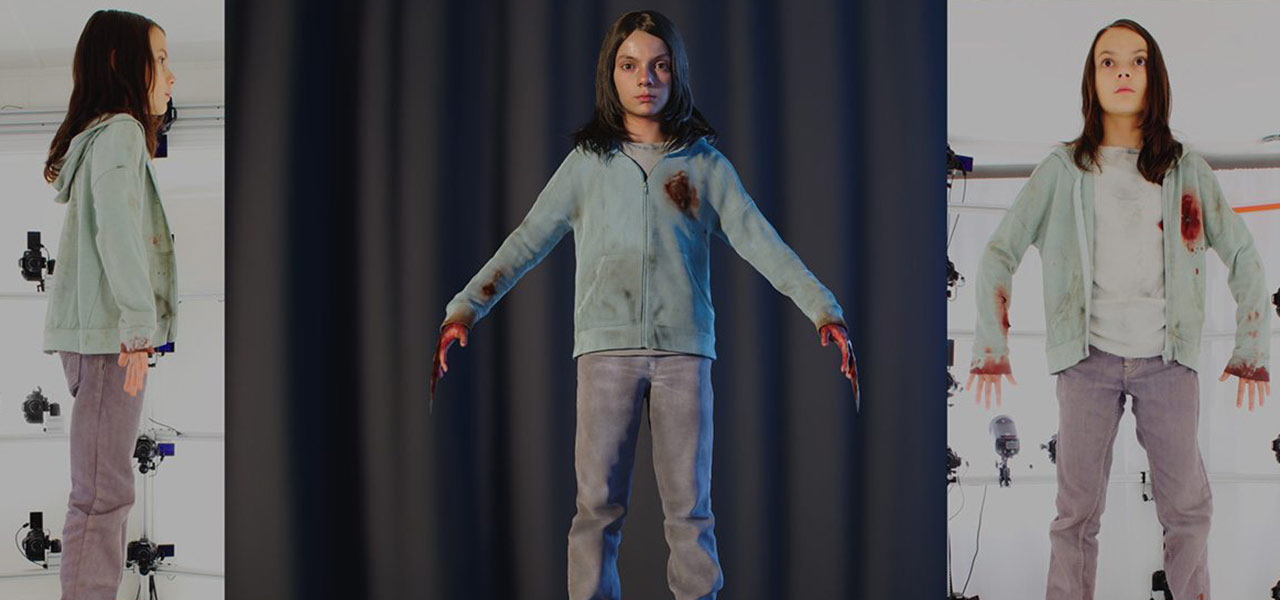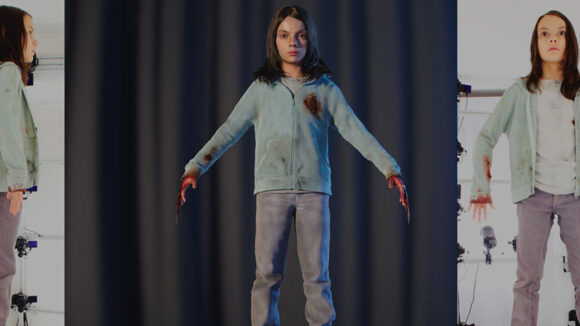

Actors Fear Studios Want To Replace Them With AI Digital Doubles
As we dig deeper into the details of the actors’ strike, one of the key points of contention between actors and studios would appear to be the use of synthetic actors and performances.
Both sides have muddied the waters by using the buzzword du jour “artificial intelligence,” but what they’re discussing publicly suggests they’re not only focused on AI, but the use of animation in vfx.
The Alliance of Motion Picture and Television Producers (AMPTP), which represents the studios and streamers, claims that they offered the actors’ union SAG-AFTRA with a “groundbreaking AI proposal” that “protects performers’ digital likenesses, including a requirement for performer’s consent for the creation and use of digital replicas or for digital alterations of a performance.”
SAG-AFTRA had an altogether different interpretation of the proposal. The union’s national executive director Duncan Crabtree-Ireland said on Thursday that AMPTP proposed “that our background performers should be able to be scanned, get paid for one day’s pay, and [film] companies should own that scan, their image, their likeness, and to be able to use it for the rest of eternity in any project they want with no consent and no compensation.”
As @sagaftra announced their historic strike today, Duncan Crabtree-Ireland, the union’s chief negotiator, revealed that Hollywood studios proposed that they should get to own actor’s AI replicas — forever, without paying them another cent. pic.twitter.com/Awt7RgyJf7
— More Perfect Union (@MorePerfectUS) July 13, 2023
It’s impossible for outsiders to comment further on what the proposal says or doesn’t say since the actual contents of it is known only to the negotiators, however, there is something important worth considering here.
Scanning actors’ bodies and faces in a capture volume has been a standard part of film, tv, and video game production for the better part of the last decade. Cartoon Brew has covered synthetic performances created by vfx animators numerous times, for example, in Gemini Man, Rogue One, and Logan.
While it’s certainly possible that this same data could be used for AI in the future, these scanning practices are already commonly in use throughout the vfx industry. Film studios have even expanded their scanning activities to include background actors, according to this tweet.
AI could lead to an expansion of this practice, as it makes it easier to re-target performances from one actor onto another. The issue came to the forefront recently when Bruce Willis was digitally inserted into a commercial for a Russian mobile phone operator without physically participating in the shoot. A useful overview of the legal issues surrounding this type of work was published in Wired.
The bottomline here is that SAG-AFTRA is focused on negotiating something that is already common industry practice, which puts them in a weak bargaining position. Obviously, better late than never, but the actors may soon realize that they’re late to the battle. Disney, for example, operates a high-tech science division called Disney Research and a major focus in the last decade has been on artificial intelligence and machine learning. The fact that both sides are now conflating vfx with AI will make it harder to reach any kind of compromise that favors the workers.
The existential fear among Hollywood actors of being replaced by animated replicas is not new – see the 30 Rock clip below from 2007 – but it is newly at the forefront of everyone’s thoughts because of the strike. But when the acting community finally realizes the progress already made on digital doubles and synthetic performances in Hollywood, they’ll be in for a big shock.
Photo at top: Scan of an actor and their digital replica for Logan.
